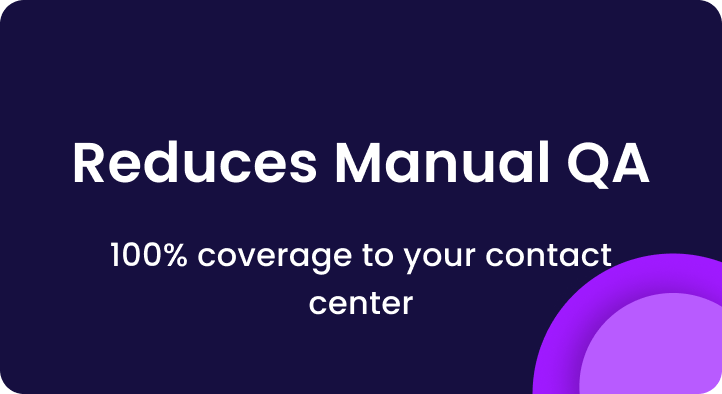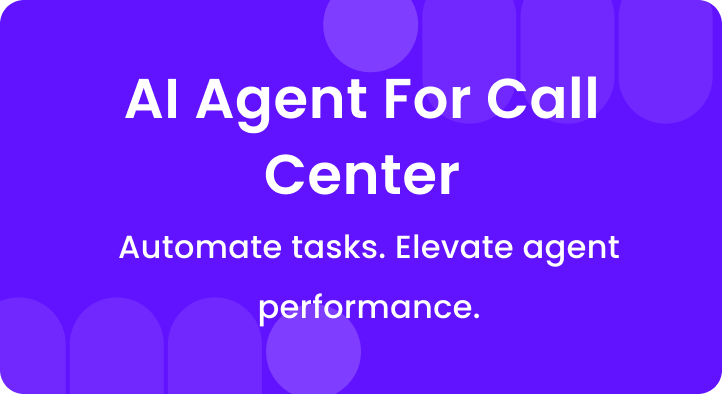Conversion rate is one of the most common KPIs used by marketing professionals, sales teams, call center agents and business professionals.
It’s a key metric that tells you how your company is reaching its goals and how many leads are converting to sales.
Improving your sales conversion rates leads to a better customer experience, increased trust, higher ROI, greater scalability, improved customer insights, and more.
Whether you’re a novice business owner or a seasoned professional, understanding and increasing conversion rate is vital to your company’s growth.
However, this metric can sometimes be misapplied, misunderstood, or improperly established.
Revisiting and reviewing your conversion rates and their usage periodically is essential.
For any new initiative, it’s even more critical to clearly define and thoroughly understand the metric before adopting it as a crucial KPI.
In today’s article, we’ll explore sales conversion rate, how to calculate sales it, and top strategies to improve it.
A. What is the sales conversion rate?
The sales conversion rate represents the percentage of potential customers who take the desired action after encountering your sales pitch or offer.
This metric measures how effectively your sales team converts new leads into customers.
It’s essential for synchronizing your marketing and sales teams, as both departments rely on it to gauge lead quality.
For instance, if you contact 100 leads and 30 make purchases, your sales conversion rate is 30%.
This rate can be evaluated at various stages of your sales process, such as:
- Lead generation
- Appointment setting
- Presentations
- Follow-ups
- Finalizing deals
Typically, lead generation falls under the marketing department’s duties.
They attract potential customers using various strategies.
For example, your marketing team might sponsor a conference to draw in sales-ready prospects.
Once marketing has qualified these leads, the sales team is responsible for converting them into paying customers.
B. How to calculate the sales conversion rate?
Calculating the sales conversion rate is straightforward.
You divide the number of sales by the total number of leads and then multiply by 100 to get a percentage.
Formula of sales conversion rate
(Number of SalesNumber of Leads)×100 Sales Conversion Rate=(Number of LeadsNumber of Sales)×100
For example, if you made 30 sales out of 100 leads last month, the calculation would be:
(30100)×100=30%(10030)×100=30%
So, your sales conversion rate is 30%.
What is a Good Conversion Rate in Sales?
According to HubSpot’s 2024 Sales Benchmark Report, most industries average a 2–5% sales conversion rate, while qualified leads typically convert at 20–30%.
C. 11 ways to improve the sales conversion rate
From measuring correct sales coaching metrics to optimizing websites to agent sales training, our experts shared some amazing tips for boosting sales conversion rates.
1. Define your sales process
Start by clearly defining your sales process to improve your sales conversion rate. This involves:
- Mapping out each step: From initial contact to closing the deal, identify and document key stages such as lead generation, qualification, pitching, follow-ups, and closing.
- Establishing best practices: Document the steps and best practices for each stage, including scripts, email templates, and follow-up schedules.
- Ensuring team familiarity: Make sure everyone on your team is familiar with this process and trained to follow it consistently.
Having a well-defined process helps your team understand what actions to take at each stage, ensuring consistency and efficiency.
Review and update your process regularly based on customer feedback and performance data to keep it effective and aligned with your goals.
By defining and refining your sales process, you create a structured approach that helps your team convert more leads into customers, ultimately boosting your sales conversion rate.
2. Monitor your customer calls
Monitoring customer calls can significantly boost your sales conversion rates by providing invaluable insights into customer interactions.
By analyzing call data, you can better understand customer needs, tailor your approach accordingly, and ultimately improve customer satisfaction, leading to higher conversion rates.
To effectively monitor calls and capitalize on this opportunity, you should consider the following steps:
- Choose the Right Tools: Invest in reliable call monitoring software like Enthu.AI to streamline the process and gain actionable insights efficiently. Enthu.AI is a leading conversation intelligence software that offers advanced call monitoring features. It helps you get valuable insights to drive more conversions and achieve more tremendous success.
- Define Key Metrics: Identify the specific metrics you want to track, such as call duration, source, and customer sentiment, to focus your monitoring efforts effectively.
- Establish Quality Standards: Set clear quality standards for customer interactions and use call monitoring to ensure your team consistently adheres to these standards.
- Train Your Team: Provide comprehensive sales training to your customer service teams on effective call handling techniques and leveraging insights from call monitoring for improved sales performance.
- Regularly Review and Analyze Data: Schedule regular reviews of call data to identify patterns, trends, and areas for improvement, allowing you to refine your sales strategies continuously.
By implementing these steps and effectively leveraging call monitoring, you can enhance your sales process, optimize customer interactions, and ultimately sales funnel conversion increase your rates.
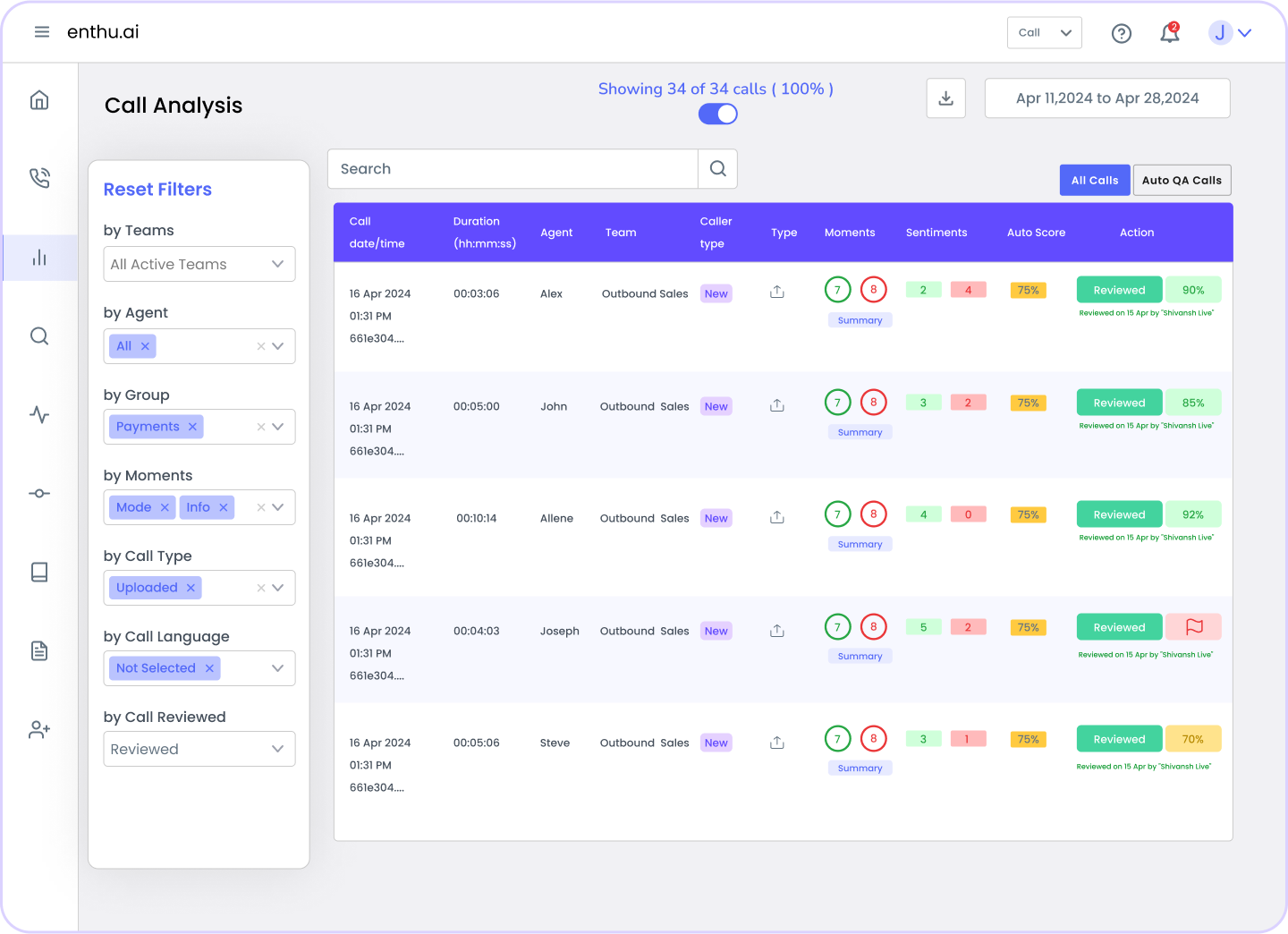
3. Understand your ICP
By identifying the characteristics of your ideal customers, you can tailor your marketing and sales efforts to attract and convert more high-value leads.
Understanding your ICP can help you
- Create targeted marketing campaigns
- Allocate sufficient resources
- Efficient resource allocation
- Improve sales strategies
- Enhance customer experience
To understand your ICP, start by analyzing your current customer base to identify common traits among your best customers.
Gather firmographic data (industry, company size, location) and technographic data (technology use, innovation habits).
Use this information to create a detailed profile of your ideal customer and continuously update it based on feedback and market changes.
This strategic focus will help you attract and convert more of the right customers, boosting your sales conversion rate.
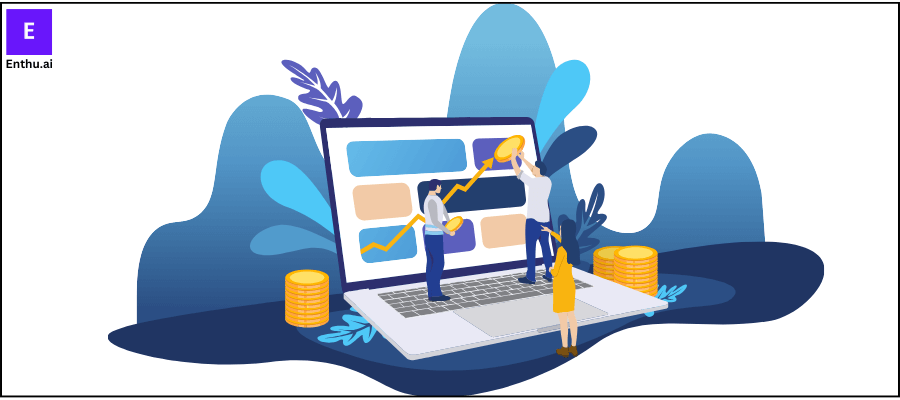
4. Measure correct marketing and sales metric
Measuring the correct marketing and sales metrics is crucial for improving sales conversion rates.
It involves tracking key performance indicators (KPIs) directly impacting your ability to convert leads into customers.
Some essential metrics to measure include:
- Lead-to-customer conversion rate: Calculate the percentage of leads that ultimately become paying customers, indicating the effectiveness of your sales efforts.
- Conversion rate by channel: Analyze which marketing channels drive the most conversions, allowing you to allocate resources effectively.
- Average sales cycle length: Determine how long it takes to convert leads into customers, identifying bottlenecks and areas for improvement in the sales process.
- Customer acquisition cost (CAC): Evaluate the cost of acquiring a new customer compared to the revenue generated, ensuring profitability.
- Customer lifetime value (CLV): Assess the long-term value of a customer to your business, guiding decisions on retention and loyalty initiatives.
By measuring these metrics accurately, you can identify areas of strength and weakness in your sales process, make data-driven decisions, and implement strategies to optimize conversion rates effectively.
5. Introduce conversational AI
Introducing conversational AI into your business can significantly boost your sales funnel conversion rates.
AI-powered chatbots can help you engage customers more effectively and offer immediate responses and personalized experiences.
Some key benefits of conversational AI in sales are simultaneous interactions lead to prequalification.
Seamless routing and behaviour analysis
To implement conversational AI, you should:
- Build and improve bot flows: Use a drag-and-drop builder to create engaging conversations.
- Integrate across platforms: Deploy one bot for your website, WhatsApp, Facebook, and SMS.
- Utilize built-in CRM: Nurture leads quickly with integrated CRM features.
- Use templates: Start with advanced, customizable templates.
- Analyze and adapt: Use advanced reports to refine and improve your chatbot’s performance.
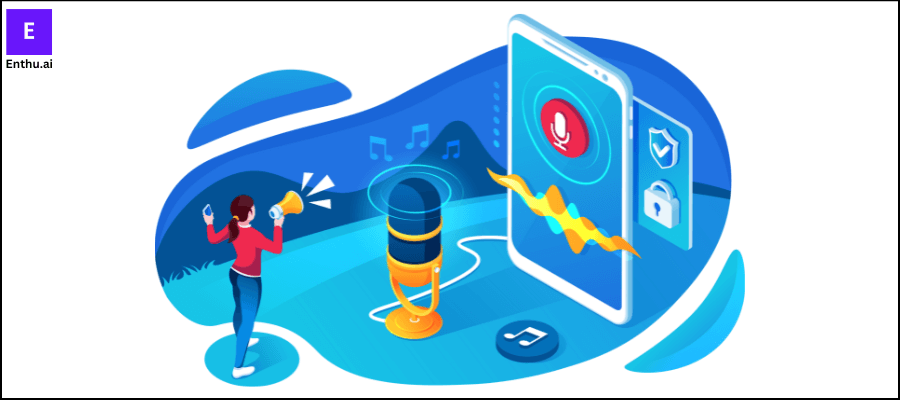
6. A/B testing
To increase your sales conversion rates with A/B testing, select an A/B testing tool that fits your goals and budget.
Next, define your test goals and form a hypothesis.
Identify which elements of your page—like headlines, images, CTA buttons, and layout—you want to test.
Create different versions (variants) of these elements.
Direct traffic to both versions and monitor the results.
Ensure you run the test for a sufficient duration to get reliable data.
After the test, analyze the results by comparing conversion rates and checking for statistical significance.
Implement the winning variant on your live site.
This systematic approach helps you make data-driven decisions, optimize your website, and boost your conversion rates effectively.
By continuously experimenting and refining your site elements, you can significantly enhance your sales performance.
7. Provide agent training
Agent training is pivotal in driving sales conversion rates higher by imparting essential sales skills and knowledge to sales teams.
Through comprehensive sales training programs, sales professionals gain the expertise necessary to effectively communicate product value, address customer concerns, and tailor solutions to meet specific needs.
You can provide effective agent coaching and training through
- Structured programs
- Interactive workshops
- Online learning modules
- Role-playing exercises
- Coaching and feedback
Though these are some excellent ways to provide agent coaching, utilizing modern technology like AI-powered sales coaching and training tools can help you bring the best out of your agents.
Enthu.AI is the most sought-after agent training tool.
Enabled by speech analytics and AI, it helps your sales reps learn and grow faster through continuous and actionable feedback.
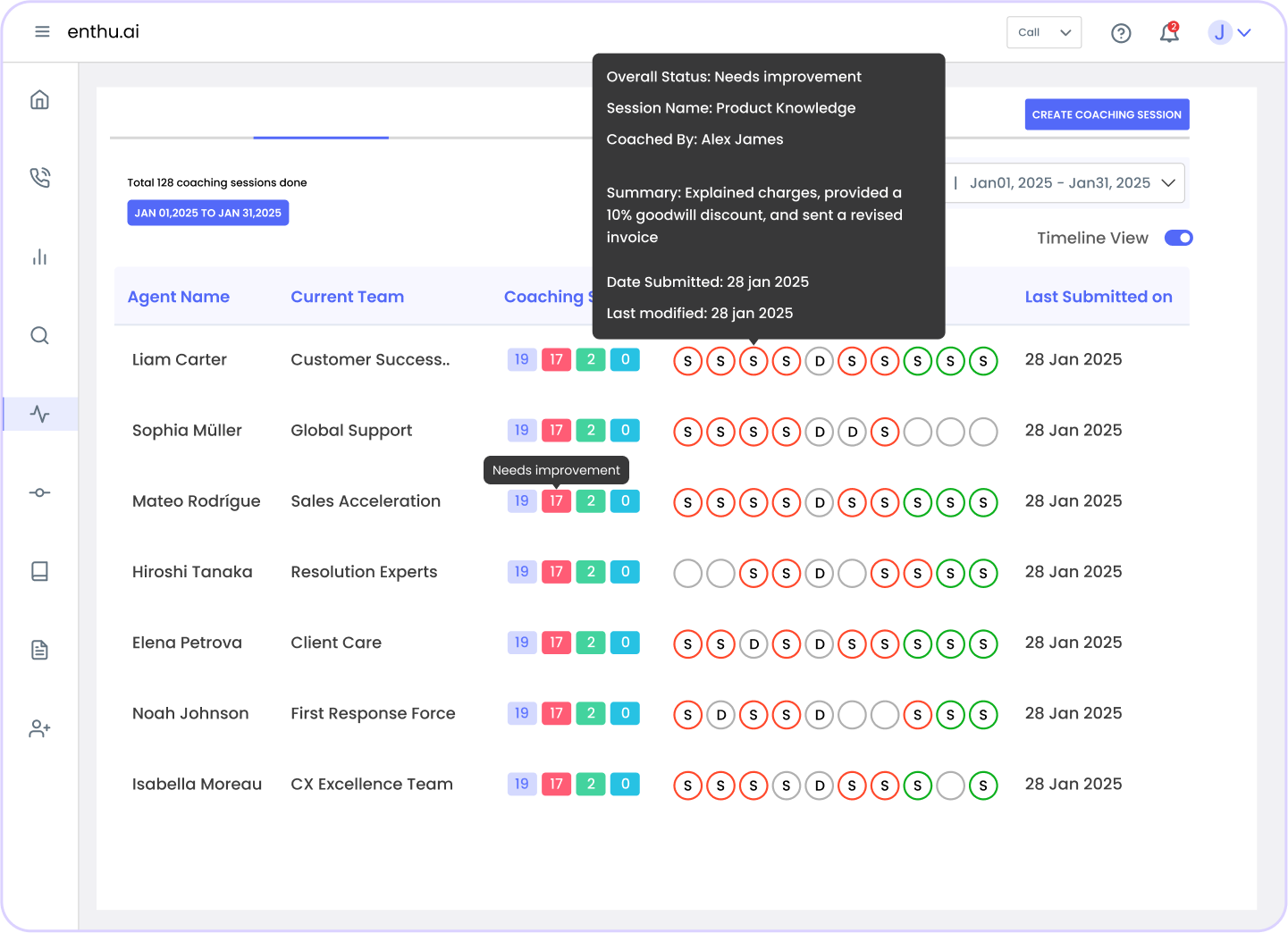
8. Re-target leads
Retargeting leads is a powerful strategy – AdRoll’s research shows retargeted visitors are 70% more likely to convert compared to first-time site visitors.
When leads visit your website but don’t make a purchase, re-targeting allows you to reach out to them again through targeted ads on other platforms.
By staying top-of-mind with potential customers and reminding them of your products or services, you increase the likelihood of them returning to complete a purchase.
To re-tag leads, you can:
- Utilize tools like Facebook Pixel or Google Ads to track visitors to your site and display tailored ads to re-engage them
- Craft compelling ad copy and offers to entice leads back to your website
- Focus on addressing visitor-specific needs or pain points
With effective re-targeting, you can maximize the value of your website traffic and boost your sales conversion rates.
9. Optimize your website
Your website serves as your business’s online storefront, where potential customers learn about your products or services and make purchasing decisions.
To optimize your website for conversions:
- Focus on enhancing the user experience
- Streamlining the checkout process,
- Create compelling content and calls-to-action
- Ensure your website is mobile-friendly, loads quickly, and is easy to navigate
- Test different layouts, colors, and messaging to see what resonates best with your audience
- Utilize analytics tools to track visitor behavior and identify areas for improvement
By continuously optimizing your website based on data and feedback, you can provide a seamless browsing experience that encourages visitors to convert into customers.
10. Provide sales coaching sessions
Sales coaching sessions are invaluable for improving sales conversion rates by providing ongoing training and support to your sales team.
These sessions offer opportunities for sales professionals to refine their skills, learn new techniques, and receive feedback on their performance.
With the right coaching, sales reps can enhance their ability to connect with customers, overcome objections, and close deals effectively.
Enthu.AI, an AI-powered sales coaching tool, offers personalized coaching sessions tailored to individual sales reps’ needs.
Through speech analytics and AI, it provides actionable insights and feedback to help sales reps improve their communication skills and sales effectiveness.
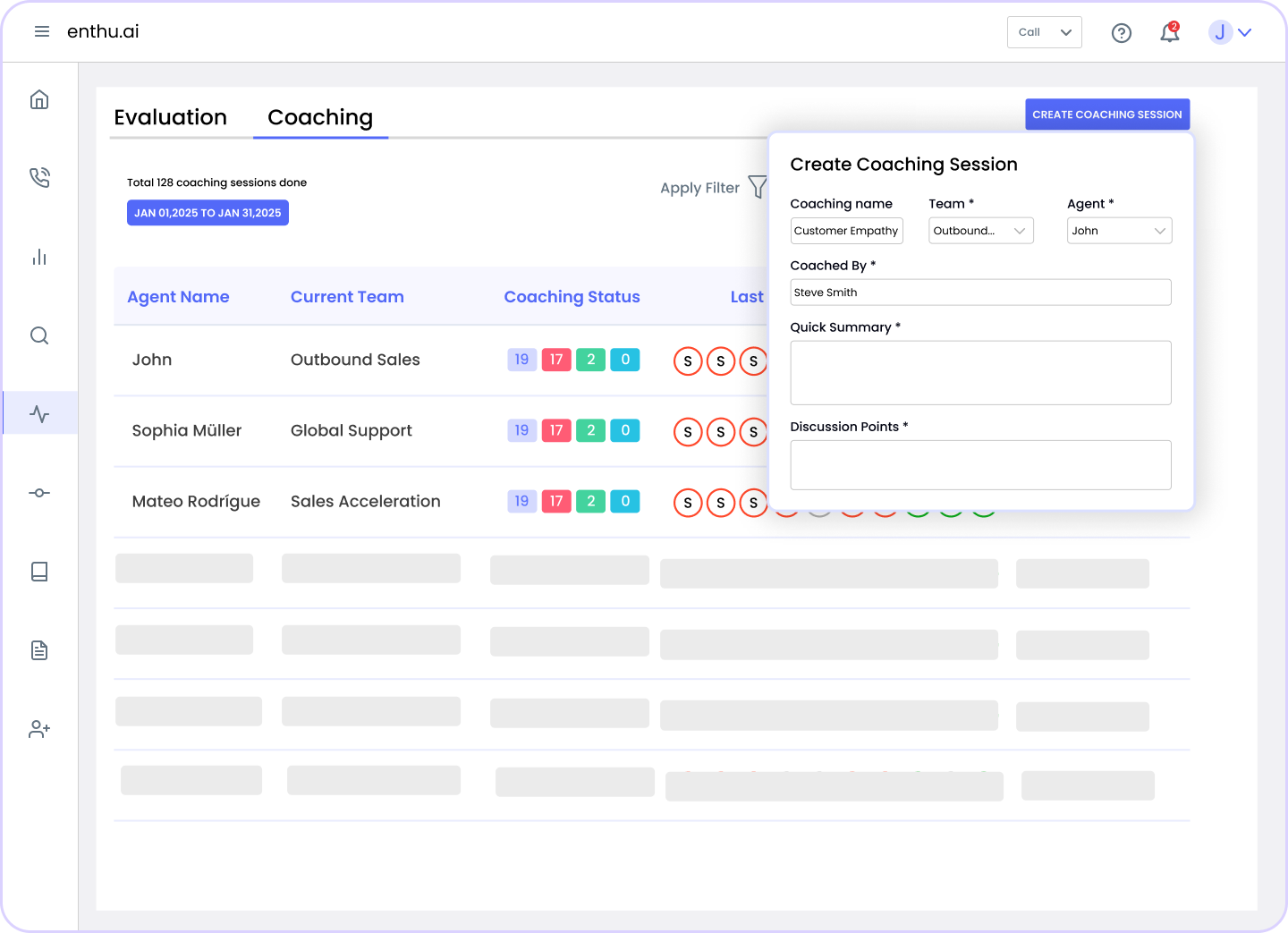
11. Enable AI-lead scoring
Enabling AI-lead scoring is a strategic approach to improving sales conversion rates.
It involves using artificial intelligence to prioritize and qualify leads more efficiently.
AI algorithms analyze various data points, such as lead demographics, behavior, and interactions, to assign a score indicating the likelihood of conversion.
By automating the lead scoring process with AI, you can focus your sales efforts on high-quality leads with the greatest potential for conversion.
This allows your sales team to prioritize their time and resources effectively, targeting leads most likely to result in sales.
Conclusion
Analyzing your sales conversion rate gives you great insights into what’s working well with your website and marketing efforts.
Once you determine what’s effective, it’s time to take action and improve your website and marketing strategies. Follow these helpful tips to increase your conversion rates quickly.
And if you’re looking for an advanced tool to boost your sales conversion rate, Enthu.AI can help. It offers features like call monitoring, speech analytics, sales coaching and training, quality assurance, and more.
These tools give you valuable insights, improve your agent performance, understand customers’ feelings, and ultimately increase your sales conversion rate and revenue.
FAQs
1. How to improve conversion rates in sales?
To improve conversion rates in sales, focus on understanding your customers’ needs, optimizing your sales process, providing excellent customer service, and using data-driven strategies to make informed decisions.
2. How to calculate sales conversion rates?
To calculate sales conversion rates, divide the number of successful conversions (such as purchases or sign-ups) by the total number of leads or prospects, then multiply by 100 to get the percentage.
Conversion Rate (%)=(Total Number of Leads or ProspectsNumber of Conversions)×100
3. How do you calculate conversion rate optimization?
Conversion rate optimization is calculated by comparing the number of conversions generated before and after implementing changes to improve the conversion rate, then dividing the difference by the number of conversions before the change and multiplying by 100 to get the percentage increase.
CRO (%)=(Conversion Rate BeforeConversion Rate After – Conversion Rate Before)×100
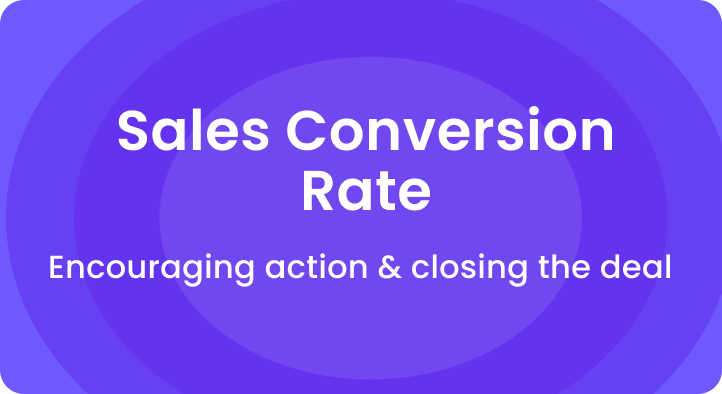
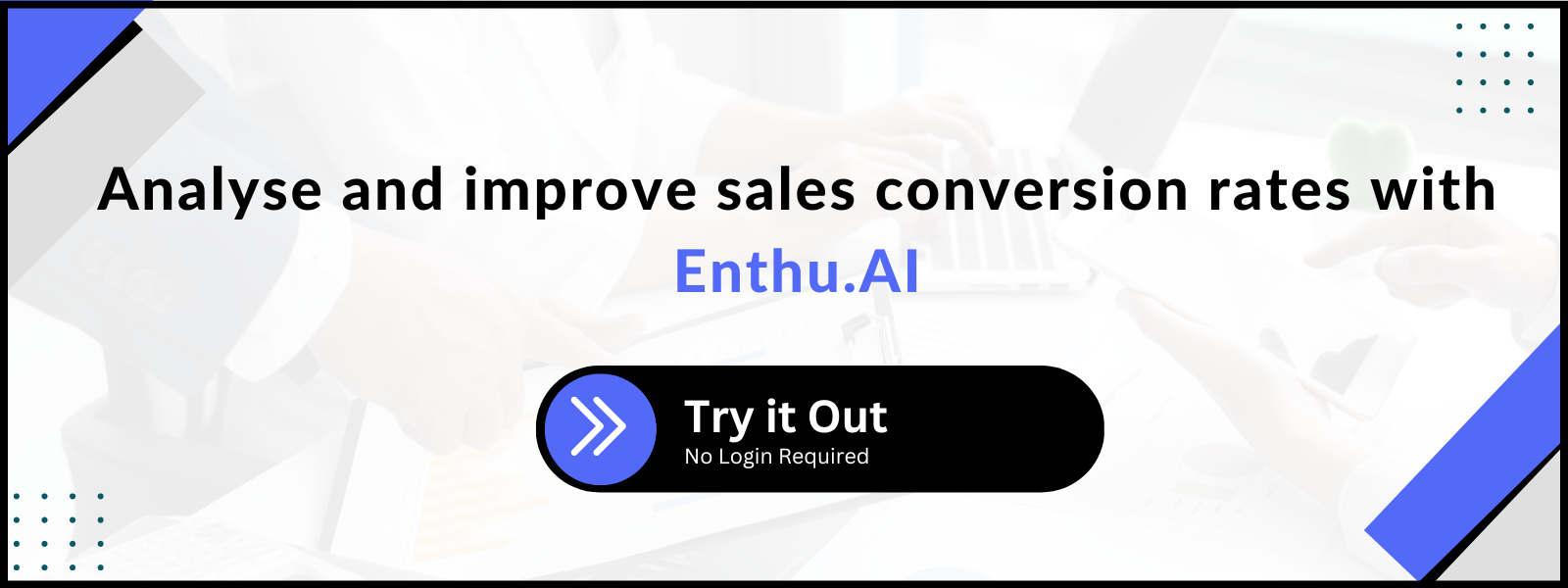


 On this page
On this page